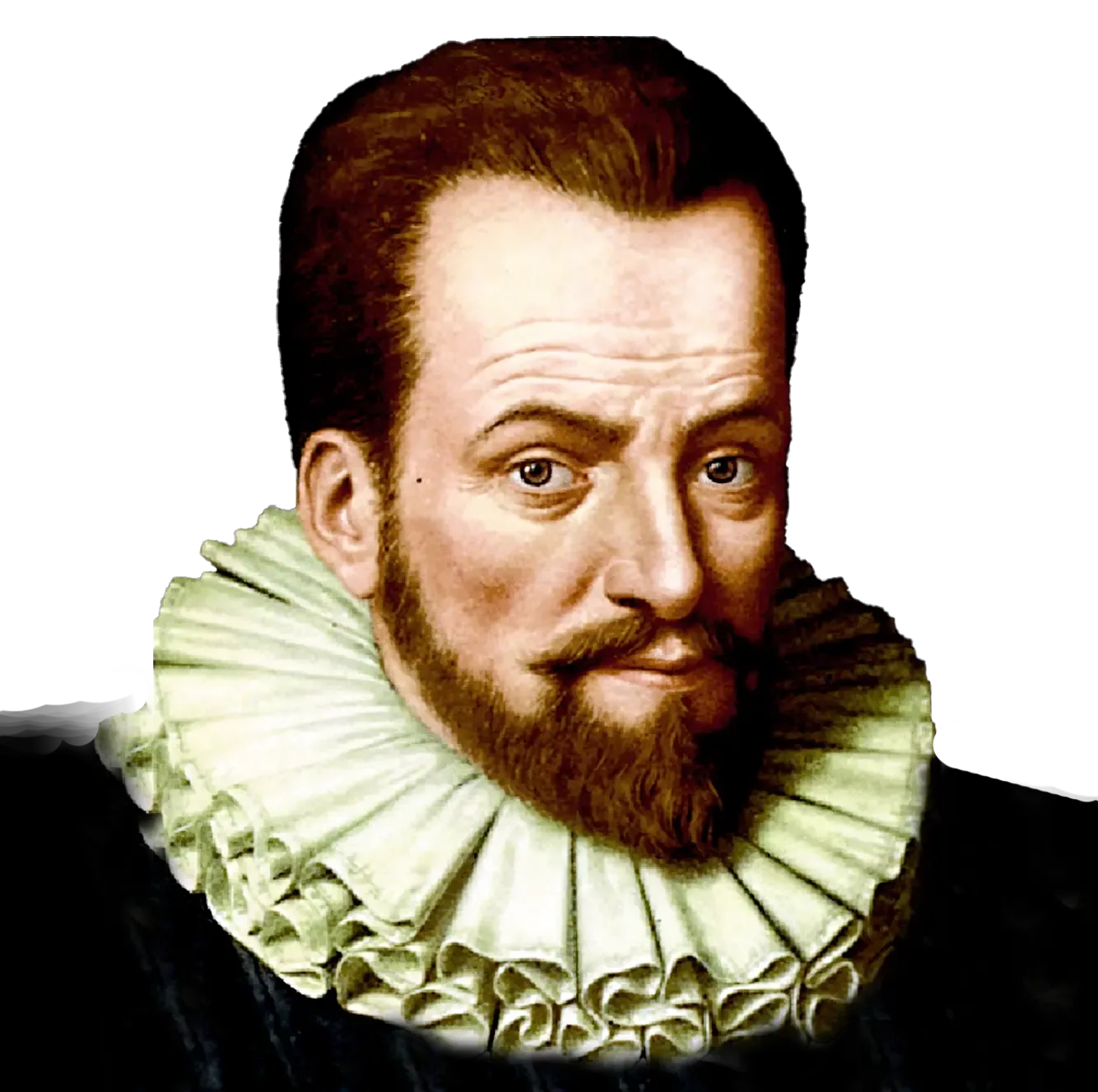Imagine that you buy two sandwiches for lunch. One of them costs 2.25 euros and the other 3.50 euros. How much did you spend? This is not a trick question, and the answer is easy to calculate: 5.75 euros. The person who made this calculation so easy for you was mathematician Simon Stevin. In 1585, he introduced so-called ‘decimal fractions’. This meant that one no longer had to calculate the sum of 2¼ + 3½ = 5¾, but the much easier sum of 2.25 + 3.50 = 5.75.
Primary school
Stevin’s idea made working with fractions a lot easier, and led to a breakthrough in trade, technology and urban development. Decimal fractions also made it possible for the first time to use certain calculation methods that we still use in primary school, such as long division. Stevin’s book, in which he revealed his revolutionary idea, was called De Thiende. It was printed in Leiden by Christoffel Plantijn, the official printer for Leiden University at the time.
Practical
Although Stevin studied mathematics in Leiden, his interest was probably more practical than theoretical. Stevin was born in 1548 in Bruges, Belgium, and soon proved to have a gift for arithmetic. Having worked for a few years as an accountant in Antwerp, Stevin moved to Leiden in 1581 to study mathematics. During his studies he was interested in practical matters such as publishing interest rate tables, creating better water mills and constructing a land yacht.
At the university, Stevin befriended his fellow student Prince Maurits, the son of William of Orange. At the Prince’s request, Stevin founded an engineering programme in Leiden. He then went on to obtain patents in most of the subjects taught there. He also achieved new insights regarding the precise mechanisms underlying water pressure, which proved to be of great importance for the shipbuilding industry.
Copernicus
Stevin was probably the first to break with the then prevailing traditional, exclusively theoretical ideas of the philosopher Aristotle. He defended the importance of experiments through his actions and in his writing, and attached much importance to the link between experiment and theory.
In addition, possibly due to his liking for experiments, Stevin was also a great defender of Copernicus and his belief that the earth orbited around the Sun. This belief was after all supported by experiments and observations. Stevin also explained the phenomenon of low and high tide as a consequence of the gravitational attraction of the moon. We now consider this explanation to be correct. Finally, Stevin also wished to promote science in the Dutch language. He therefore introduced words such as ‘wiskunde’ (mathematics) and ‘scheikunde’ (chemistry).
Stevin died in 1620, probably in The Hague, where he was living at the time. Nobody has ever been able to establish the exact location of his grave.

